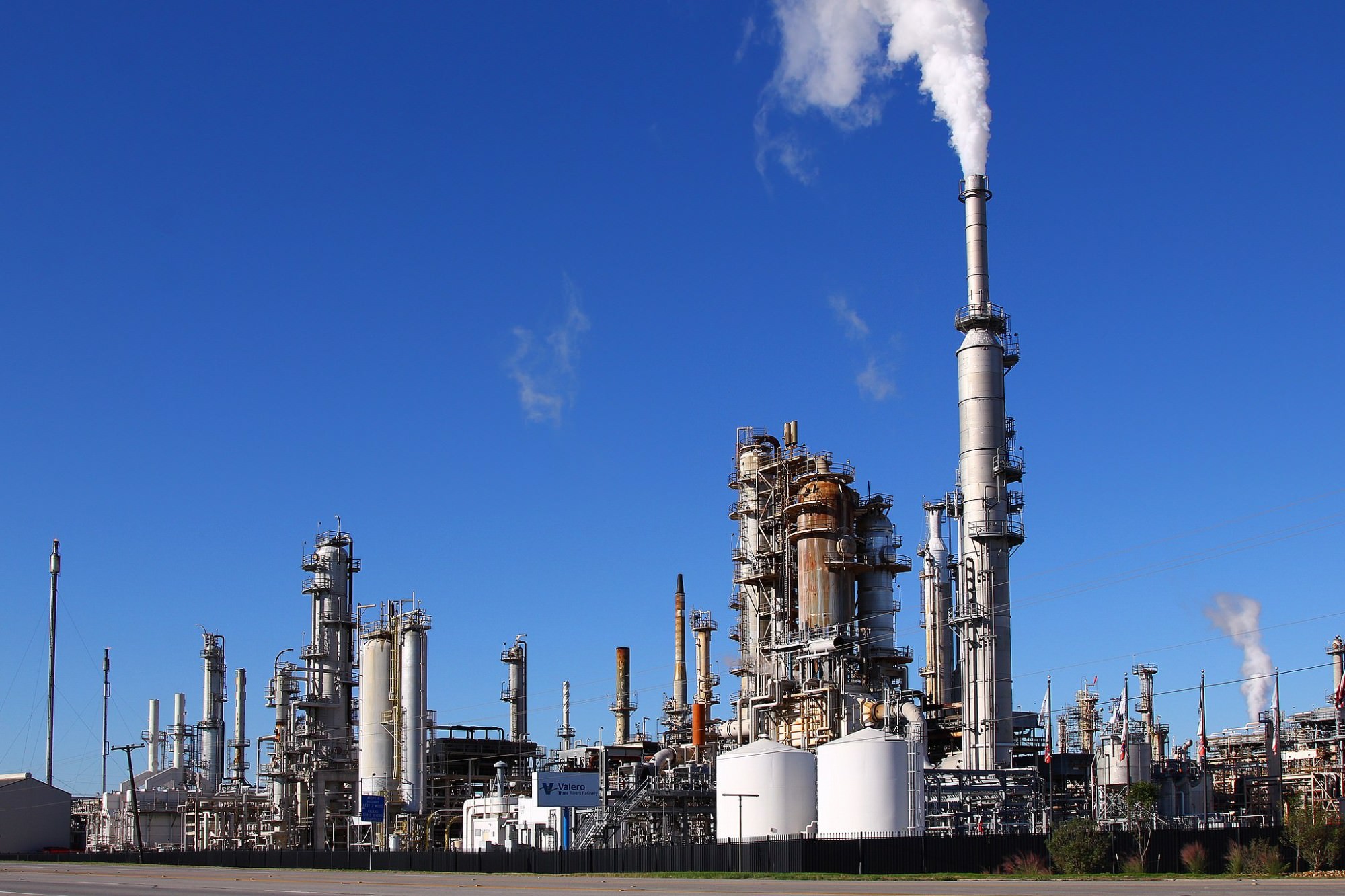Business
China Recovery Driving Surge in Oil Prices: Goldman Sachs
By Belal Awad · August 1, 2023
In brief…
- China's economic recovery from the Covid-19 pandemic is a significant driver of the recent surge in oil prices,according to Jeff Currie, Goldman Sachs' global head of commodities research.
- Demand rebounded to roughly 15.8 million barrels per day in July.
- OPEC's aggressive production compliance and the return of investors to the oil market have also contributed to the recent oil rally.
- Inventories in July fell by appx. 2.2 million barrels per day - raising the prospect of further price increases.
- Currie noted that high interest rates and leftover inventories from earlier demand weakness, on the other hand, may limit the upward trajectory of oil prices.

Goldman Sachs Global Head of Commodities Research Jeff Currie believes the drivers behind the recent surge in oil prices can be attributed to a significant degree to China’s economic recovery from the Covid-19 pandemic.
China’s rebound in oil demand has been a major factor in the recent oil price rally, Currie told CNBC as he stressed the impact of China’s recovery. He noted that demand had plummeted during the early stages of the pandemic, but has now rebounded to approximately 15.8 million barrels per day, which he called a healthy level for July.
In addition to China’s recovery, Currie pointed out the influence of OPEC’s aggressive production compliance and the return of investors to the oil market. OPEC’s actions and shrinking inventories in July, which saw a decline of roughly 2.2 million barrels per day, suggest the potential for additional price increases. The return of investors to the market has also contributed to recent strengthening in oil prices.
However, Currie offered a cautious outlook, noting that high interest rates and leftover inventories from earlier demand weakness could limit the upward trajectory of oil prices. He stressed that current inventories are higher due to demand weakness earlier in the year.
Currie also addressed the issue of strained refining capacity, resulting from underinvestment and high utilization rates, warning that the lack of capacity increases the likelihood of outages and other problems — factors that may further drive oil up prices even further.
As the global economy recovers from the pandemic’s impact, China’s re-surging oil demand has become one of the key drivers of the recent oil price surge. With OPEC’s recent actions to control production and renewed investor interest, the oil market has gained strength. Yet challenges remain, such as high interest rates, lingering inventories, and refining capacity problems, all of which warrant cautious monitoring.
Currie’s insights provide valuable context for understanding the dynamics influencing the current oil market, as global stakeholders navigate the challenges and opportunities presented by a continuing recovery.